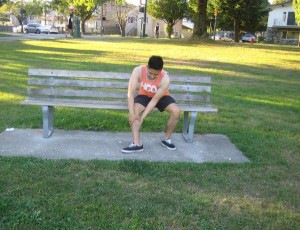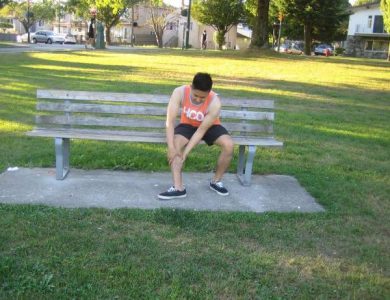The overall integrity of the knee depends on healthy function and stability of the cartilage, bones and ligaments that comprises the weight-bearing joint. The combined actions of weight-bearing and bending puts substantial strain on the knees. Any injuries to the ligaments, knee cartilage or bones can trigger pain and limit joint function.
Meniscus tear
The meniscus is a cartilage responsible for providing cushion in between the femur and tibia. Abrupt, forceful twisting of the knee or a direct blow can cause a meniscus tear. Among older adults who have a current degeneration of the cartilage, a meniscus tear can develop even with minor trauma
A meniscus tear is considered as a common knee injury. The usual symptoms include knee pain, joint stiffness, swelling, limited capability to completely bend and extend the knee and a feeling that the knee is “stuck” or “gives away”. It is important to note that a meniscus tear will not disrupt with normal walking. Minor cases of meniscal tears can heal with adequate rest but severe tears require surgery.

Patellar fracture
The patella serves as a bony shield for the knee joint. It also functions as an area of attachment for the thigh muscles of the front part of the leg. The fractures usually occur due to a direct blow to the front part of the knee.
High-force impact can even shatter the kneecap in several pieces. The symptoms of a patellar fracture usually include severe pain, swelling over the kneecap, bruising and inability to walk or straighten the knee. In most cases of patellar fractures, surgery is required to hold the bone together, thus allowing the healing process to start. Take note that no weight bearing can occur during the healing process. The rehabilitation period is vital in most cases of patellar fractures.
Anterior cruciate ligament injury
The ligaments are fibrous bands of tissue that secure the bones in place. There are 4 ligaments the support the bones of the knee joint in proper alignment, including the anterior cruciate ligament (ACL). The ACL travels diagonally across the anterior middle region of the knee. Together with the posterior cruciate ligament, the ACL allows bending and straightening of the knee.
The ACL also provides support for knee twisting. The mechanisms of ACL injury can include abrupt stops or changes in direction while running or walking, landing off-balanced while jumping and direct blows to the knee. The ACL injuries can range from minor sprains to full tears. The indications of ACL injury include knee pain, swelling, tenderness, difficulty walking and limited knee movement. When it comes to full ACL tears, the knee joint is evidently loose. Minor stretching of the ACL responds well to rest and bracing. As for partial or complete ACL tears, it requires surgery.

